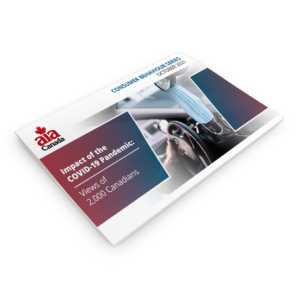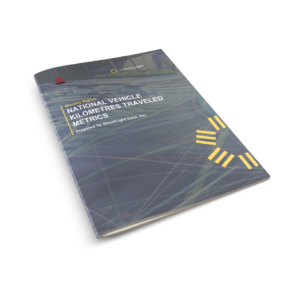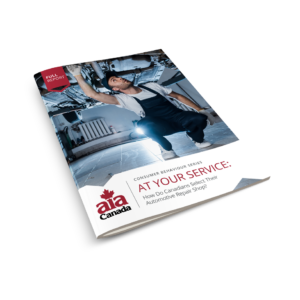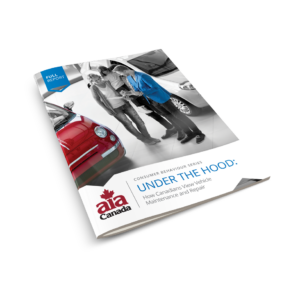The Vehicle travel trends in Canada is a tool that showcases travel trends throughout the country as a way to facilitate strategic business decision making. Data points are updated on a quarterly basis and on a national and provincial level.
Learn Canadian vehicle travel trends by way of four key measures: vehicle kilometres travelled (kilometres driven), trip duration, trip count, and average travel distance.
$399.00




PO Box 11356 STN H
Nepean, ON K2H 7V1
Canada
Toll Free: 800.808.2920
Telephone: 613.728-5821
General Inquiries
info@aiacanada.com
Media Inquiries
communications@aiacanada.com
How the program works